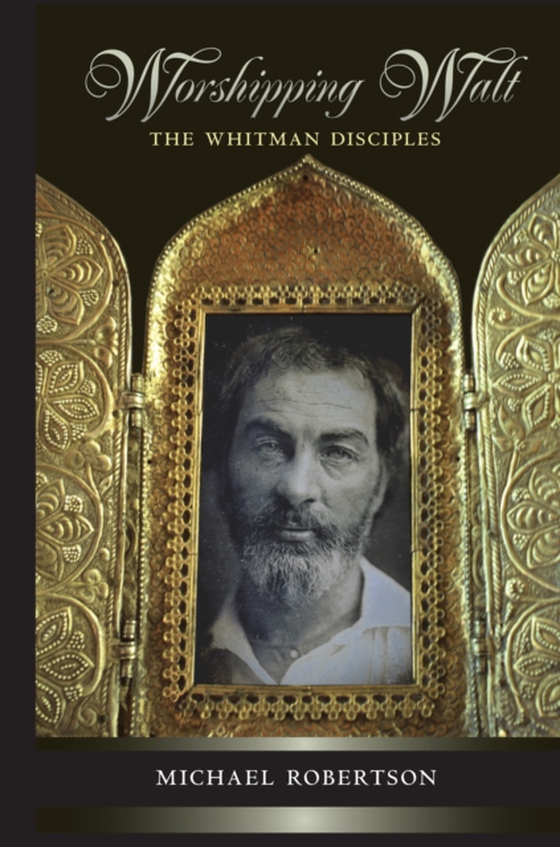
Worshipping Walt e-bog
202,45 DKK
(ekskl. moms 161,96 DKK)
Despite his protests, Anne Gilchrist, distinguished woman of letters, moved her entire household from London to Philadelphia in an effort to marry him. John Addington Symonds, historian and theorist of sexual inversion, sent him avid fan mail for twenty years. And volunteer assistant Horace Traubel kept a record of their daily conversations, producing a nine-volume compilation. Who could inspir...
E-bog
202,45 DKK
Forlag
Princeton University Press
Udgivet
10 august 2021
Længde
368 sider
Genrer
1KBB
Sprog
English
Format
epub
Beskyttelse
LCP
ISBN
9781400834037
Despite his protests, Anne Gilchrist, distinguished woman of letters, moved her entire household from London to Philadelphia in an effort to marry him. John Addington Symonds, historian and theorist of sexual inversion, sent him avid fan mail for twenty years. And volunteer assistant Horace Traubel kept a record of their daily conversations, producing a nine-volume compilation. Who could inspire so much devotion? Worshipping Walt is the first book on the Whitman disciples--the fascinating, eclectic group of nineteenth-century men and women who regarded Walt Whitman not simply as a poet but as a religious prophet. Long before Whitman was established in the canon of American poetry, feminists, socialists, spiritual seekers, and supporters of same-sex passion saw him as an enlightened figure who fulfilled their religious, political, and erotic yearnings. To his disciples Whitman was variously an ideal husband, radical lover, socialist icon, or bohemian saint. In this transatlantic group biography, Michael Robertson explores the highly charged connections between Whitman and his followers, including Canadian psychiatrist R. M. Bucke, American nature writer John Burroughs, British activist Edward Carpenter, and the notorious Oscar Wilde. Despite their particular needs, they all viewed Whitman as the author of a new poetic scripture and prophet of a modern liberal spirituality.Worshipping Walt presents a colorful portrait of an era of intense religious, political, and sexual passions, shedding new light on why Whitman's work continues to appeal to so many.
 Dansk
Dansk

